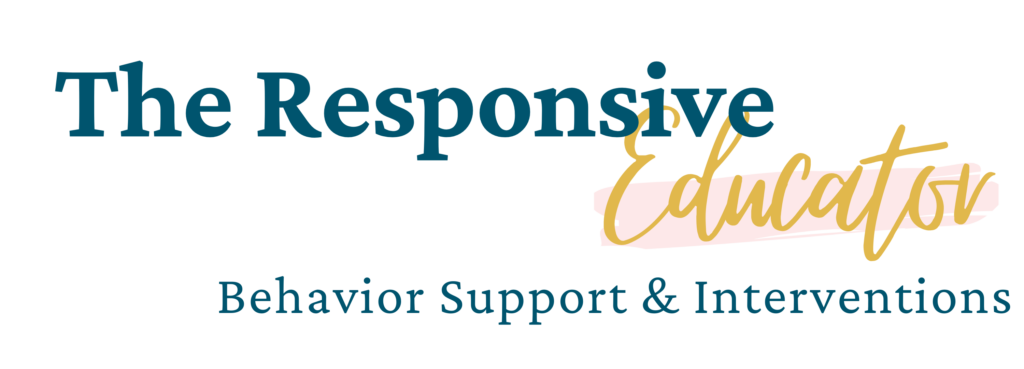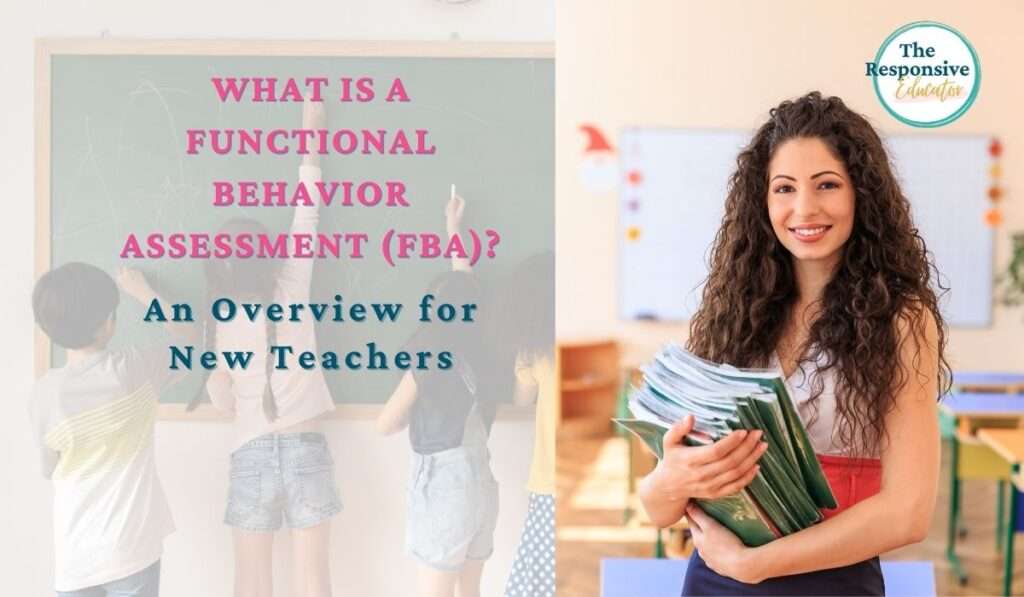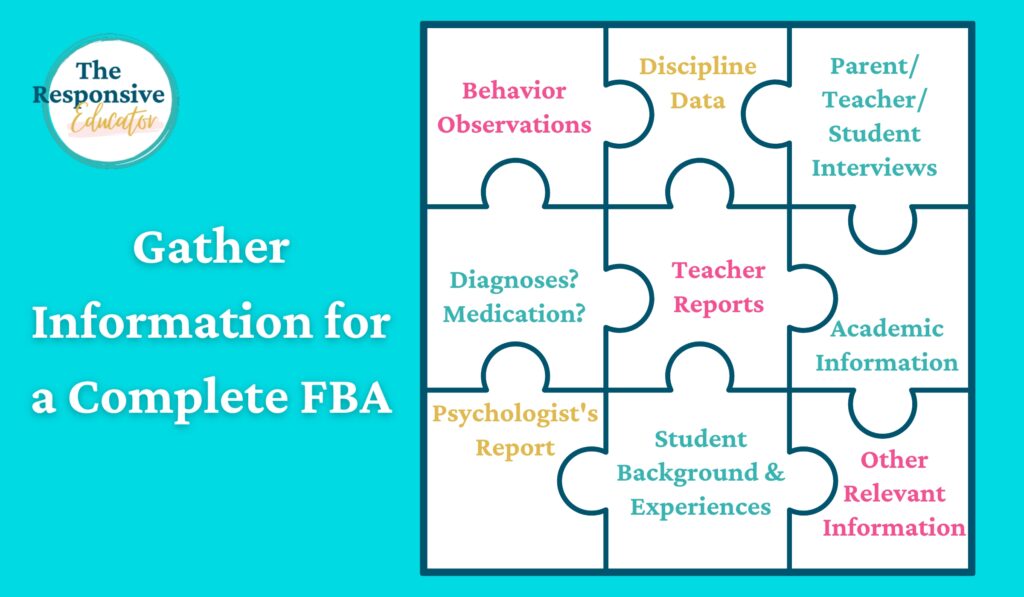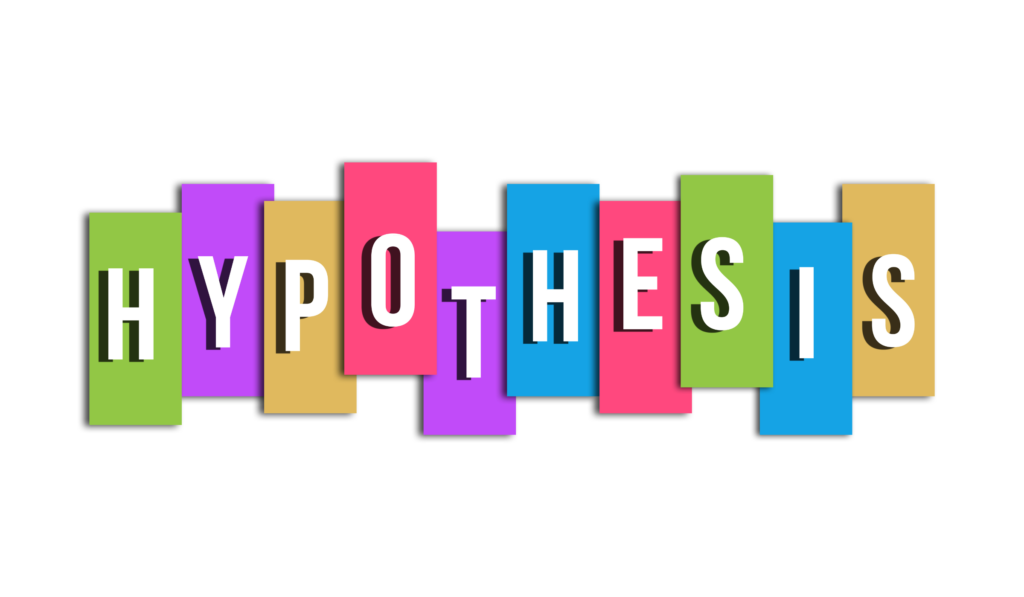

A Functional Behavior Assessment (FBA) is a powerful tool educators use to address challenging student behaviors. Rather than focusing solely on consequences, an FBA digs deeper to identify the underlying reasons behind a student’s actions. By uncovering these motivations, educators can create individualized plans to address the behavior effectively, fostering a more supportive and productive learning environment.
FBAs are essential for helping students who struggle with behaviors that disrupt their own learning or the classroom environment. When done correctly, this process leads to targeted interventions that replace disruptive actions with positive, socially appropriate behaviors.
Behaviors are often a form of communication. When a student acts out, they’re likely trying to express a need or avoid something they find challenging. FBAs help educators understand these messages by analyzing what happens before (antecedents) and after (consequences) the behavior. This insight allows for a better understanding of what the student is trying to achieve or avoid.
Here are some key reasons why an FBA is important:

A successful FBA follows a structured process to ensure the best outcomes for the student. While every FBA will look slightly different depending on the student’s needs, the core steps remain the same.
The first step is identifying the specific behaviors of concern. These should be clearly defined in observable and measurable terms so that anyone reading the FBA can understand exactly what the behavior looks like. For example:
Targeting 1-3 behaviors at a time ensures that interventions are manageable and focused.
To understand the behavior fully, data must be collected from various sources. This can include:
Gathering data from multiple sources ensures a well-rounded understanding of the student’s behavior.

Once the data is collected, patterns begin to emerge. Educators analyze what typically happens before the behavior (antecedents) and what happens after (consequences). For instance:
This step helps identify why the behavior is occurring and what purpose it serves for the student.
A functional hypothesis is a concise statement explaining why the behavior is happening. It combines the data collected to determine the behavior’s function, such as:
For example: “The student engages in shouting and leaving their seat to escape non-preferred tasks during independent math work.”

Using the functional hypothesis, educators can develop a Behavior Intervention Plan (BIP). A BIP outlines proactive strategies, supports, and replacement behaviors to help the student succeed. Key components include:
The success of an FBA depends on thorough data collection and collaboration. FBAs are most effective when educators involve a team, including teachers, parents, and specialists, to ensure consistency and support across settings. Additionally, interventions should be monitored and adjusted as needed based on the student’s progress.
At its core, an FBA is about understanding behavior as a form of communication. Instead of punishing students for acting out, it focuses on addressing their needs in a way that promotes positive growth. By identifying and addressing the root causes of challenging behaviors, FBAs empower students to thrive in school and beyond.
If you’d like to learn more about FBAs, check out my detailed guide, How to Conduct a Functional Behavior Assessment: A Comprehensive Guide for Educators. It offers step-by-step instructions, tools, and real-world examples to help you conduct high-quality assessments that make a difference in your classroom.

Support your students’ individual needs with our exclusive Classroom Concerns Checklist.
Identify key concerns in areas like cognitive skills, communication, social/emotional behavior, and more.
Sign up now to receive instant access and valuable insights on addressing classroom concerns.
Don’t miss out, join our community today!